Overtraining is a simple concept: just go hard for many days in a row without proper rest and recovery. I don’t recommend it. The effects of overtraining are:
- Lack of sleep (although you should be exhausted)
- Brain fog (can’t remember a thing)
- Body soreness (little aches and pains)
- Short of breath with everything (but I was gaining endurance)
- Hungry and thirsty (but you don’t want to eat or drink)
- Grouchy (everything and everyone will make you mad)
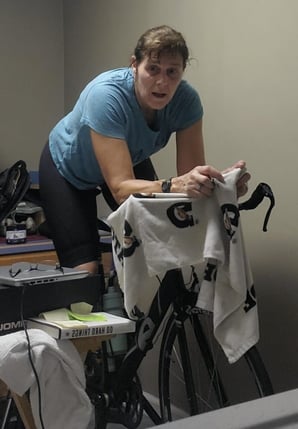 How I Did It
How I Did It
I needed a challenge: get in better shape, lose a bit of weight, just complete something. “It’s the end of the year,” I thought. “Why start January 1?” I went looking and found the Rapha 500K bike challenge. This was it for me, with a tweak. The challenge consists of 500K on your bike (inside or out) from Christmas to New Year’s Day. That is over 40 miles per day. I knew that would be too much (since I have not been on my bike in months), so I picked the 12 days of Christmas (one of my favorite Christmas songs!). That equates to just under 26 miles per day. I started a day early, on Christmas Day, so I gave myself another day to complete my task.
It was a quiet Christmas, so I got on my bike two times that day to get in over 25 miles. I did fear the pain of sitting the next day, but it was okay. I rode daily (or twice) as if it were my job. The fourth day my early leg soreness was gone, and I could actually sit on my saddle for 45 minutes to an hour every morning—though by that fourth day I was noticing being tired and not being able to sleep. As a fitness professional I know the importance of sleep, and I tried to get in naps. (I have perfected the 10-minute power nap). At night I could not fall asleep or stay asleep for more that a few hours at a time. I do have to get up early many days a week and keep my schedule as normal as possible.
I was thinking if I averaged 20mph it would only be a little over an hour to get in the amount needed for the day. Every morning I would sing that day’s part of the 12 days of Christmas over and over!
I knew my brain was foggy when during rides I would try to do the math and it always seemed like I was behind in numbers (yes, it took me a long time to figure out also that just like a 5K run is 3.1 miles, it would take 310 miles to get 500K).
I also couldn’t remember what my client’s workout was, although I just looked at their workout sheet. I often couldn’t remember who I was training next, or where my pen was (it’s in your hand, idiot). Focusing on anything for more than a few minutes WAS NOT GOING TO HAPPEN. Coffee only gets you so far.
I did try to hydrate before, during, and after workouts, but I always seemed thirsty in the evenings). As for the hydration, I drank a lot, so I had to go to the bathroom a lot. This made staying asleep a challenge as well.
I figured I could eat anything since I was burning calories by the hundreds (at least that’s what my hunger was telling me). Christmas goodies were not the best replenisher. (I had the idea I would eat super clean and see what it did for my body fat, but that idea went out the window with the cookies calling my name with every trip through the kitchen.)
I was short of breath in everything I did, but my endurance in other workouts was there. Oh yes, I kept up my HIT and strength sessions those 13 days as well. No rest for the weary, as they say.
The last two days were easy (ha!) in mileage terms. I went 15 miles at NIFS on the 11th day, which was almost interrupted by a fire alarm. “Unless I see smoke and flames, I’m not getting off this bike,” I said to no one in particular.
The 12th day (13th technically), I had an “easy” 10 miles, just like the Tour de France heading into Paris. UGH, nothing could be further from the truth. My legs ached and it seemed to take forever to finish. But with a sense of relief and sadness, I had finished what I started.
I still was not sleeping well for a few weeks after, and I was still hungry, because your body doesn’t know if you’re getting back on that bike again or not. It’s going to tell you to EAT!
I miss my bike, and it misses me I’m sure, but I got a new level of endurance, and my brain has come back to remembering (thank goodness). I do feel like this led to me catching a cold later. I just didn’t feel like total recovery was possible without more days off, better eating, and quality sleep.
Take on Your Own Challenge
Do push yourself, but also make sure you recover. That means REALLY LISTENING to your body. It is a magnificent machine it you take care of it.
This blog was written by Kris Simpson, BS, ACSM-PT, HFS, personal trainer, and USTA at NIFS. To read more about the NIFS bloggers, click here.


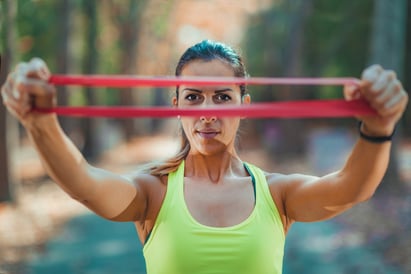 In a world where in many cases bigger is better, just because something is small doesn’t mean it’s less important or can’t have big impact. Being short in stature my entire life, it has always been my motto that “dynamite comes in small packages,” and I have strived to create as much BANG as I can in all facets of life. Small in stature can provide big results when you light the proper fuse and utilize its power maximally.
In a world where in many cases bigger is better, just because something is small doesn’t mean it’s less important or can’t have big impact. Being short in stature my entire life, it has always been my motto that “dynamite comes in small packages,” and I have strived to create as much BANG as I can in all facets of life. Small in stature can provide big results when you light the proper fuse and utilize its power maximally.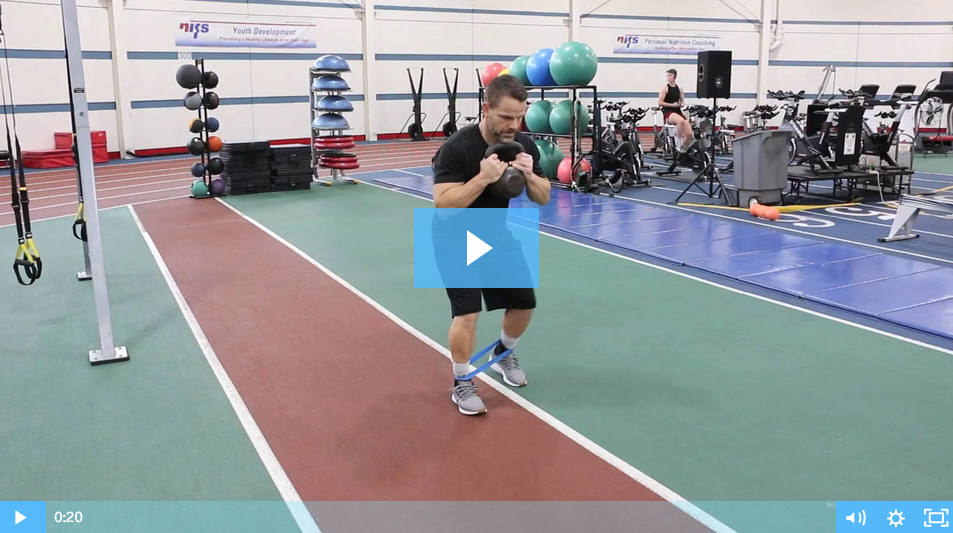

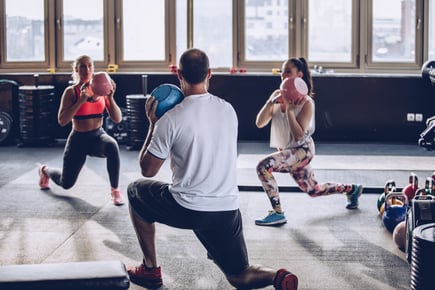 I am often asked what kind of workout program I follow, and my response is always, “I follow a program that gets me faster, stronger, and more athletic.” When people hear this, they assume that I am some kind of athlete and that they won’t be able to work out the way I do since they are not “athletes.” This is a huge misconception that I have noticed throughout the years that I have been working out. What people do not understand is that we are all athletes in our own way, and can actually train like one in order to get faster, stronger, and more athletic.
I am often asked what kind of workout program I follow, and my response is always, “I follow a program that gets me faster, stronger, and more athletic.” When people hear this, they assume that I am some kind of athlete and that they won’t be able to work out the way I do since they are not “athletes.” This is a huge misconception that I have noticed throughout the years that I have been working out. What people do not understand is that we are all athletes in our own way, and can actually train like one in order to get faster, stronger, and more athletic.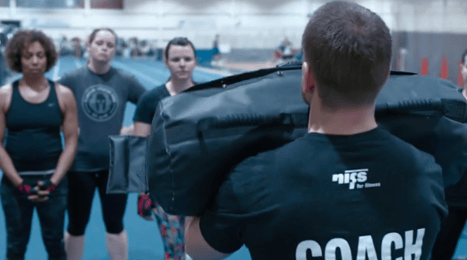
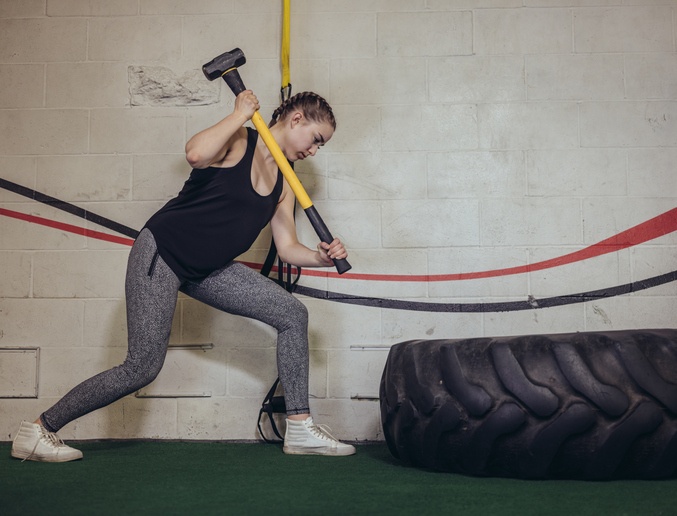 Greetings NIFS friends! Hopefully your New Year’s resolutions are keeping you more active at the gym and less active at the buffet line. All joking aside, getting back to the gym can be challenging, especially if you are not sure what to do when you get there or if you are burnt out on cookie-cutter workouts that are barely working anymore. With that being said, introducing new equipment, ideas, and strategies can be a daunting task. Don’t let that get you down, though, because we are here to rescue your workout!
Greetings NIFS friends! Hopefully your New Year’s resolutions are keeping you more active at the gym and less active at the buffet line. All joking aside, getting back to the gym can be challenging, especially if you are not sure what to do when you get there or if you are burnt out on cookie-cutter workouts that are barely working anymore. With that being said, introducing new equipment, ideas, and strategies can be a daunting task. Don’t let that get you down, though, because we are here to rescue your workout!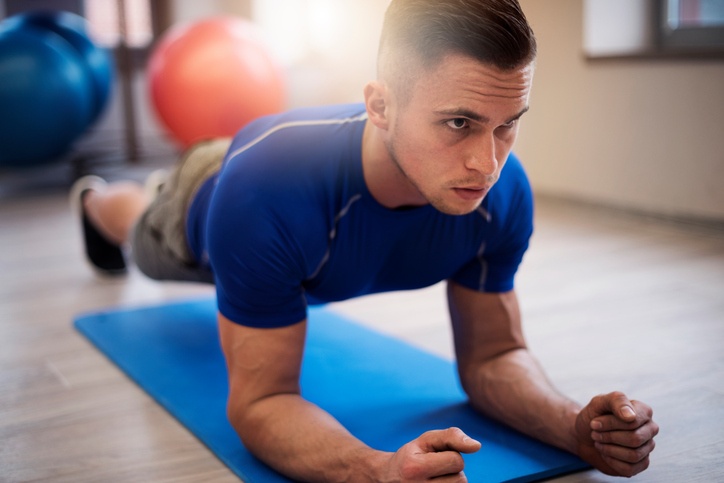 Some of the number-one fitness goals are to strengthen the core, lose belly fat, and get six-pack abs. These are all pretty good goals that can be addressed by a fitness professional and a dietitian, but everyone might not have that luxury. From a traditional perspective, we have mainly used a few ab exercises such as crunches, sit-ups, and variations of them. For the most part, these are better than the alternative—nothing at all.
Some of the number-one fitness goals are to strengthen the core, lose belly fat, and get six-pack abs. These are all pretty good goals that can be addressed by a fitness professional and a dietitian, but everyone might not have that luxury. From a traditional perspective, we have mainly used a few ab exercises such as crunches, sit-ups, and variations of them. For the most part, these are better than the alternative—nothing at all. Anti-rotational holds: Using either a cable machine or bands, stand perpendicular to the anchor point while holding your handle directly in front of your midpoint. To increase the intensity, I suggest introducing a kneeling or half-kneeling position, making the core work even harder.
Anti-rotational holds: Using either a cable machine or bands, stand perpendicular to the anchor point while holding your handle directly in front of your midpoint. To increase the intensity, I suggest introducing a kneeling or half-kneeling position, making the core work even harder.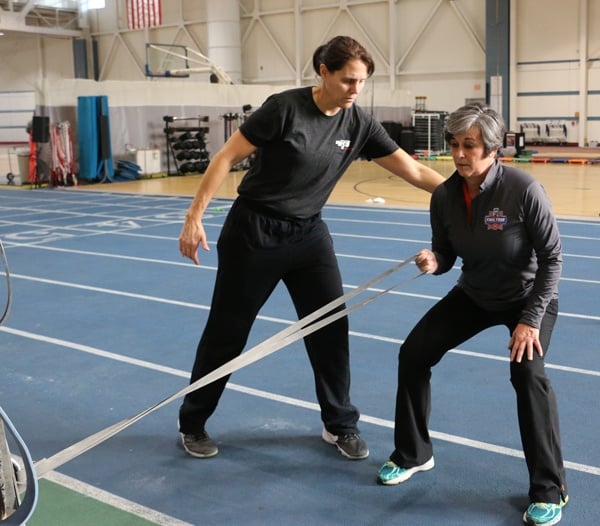 In an industry that is constantly evolving, the world of fitness is never boring. As a fitness professional, I get a lot of questions about what I do and why I do it. Each question, although relatively complex, has a simple answer.
In an industry that is constantly evolving, the world of fitness is never boring. As a fitness professional, I get a lot of questions about what I do and why I do it. Each question, although relatively complex, has a simple answer.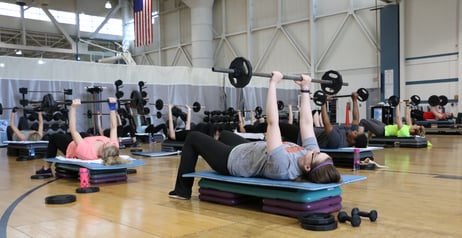
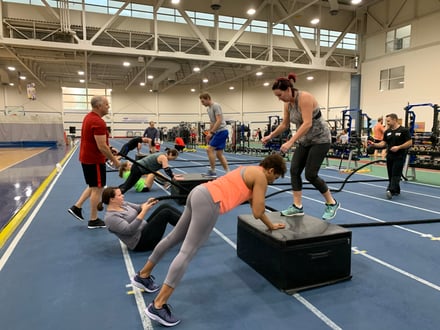
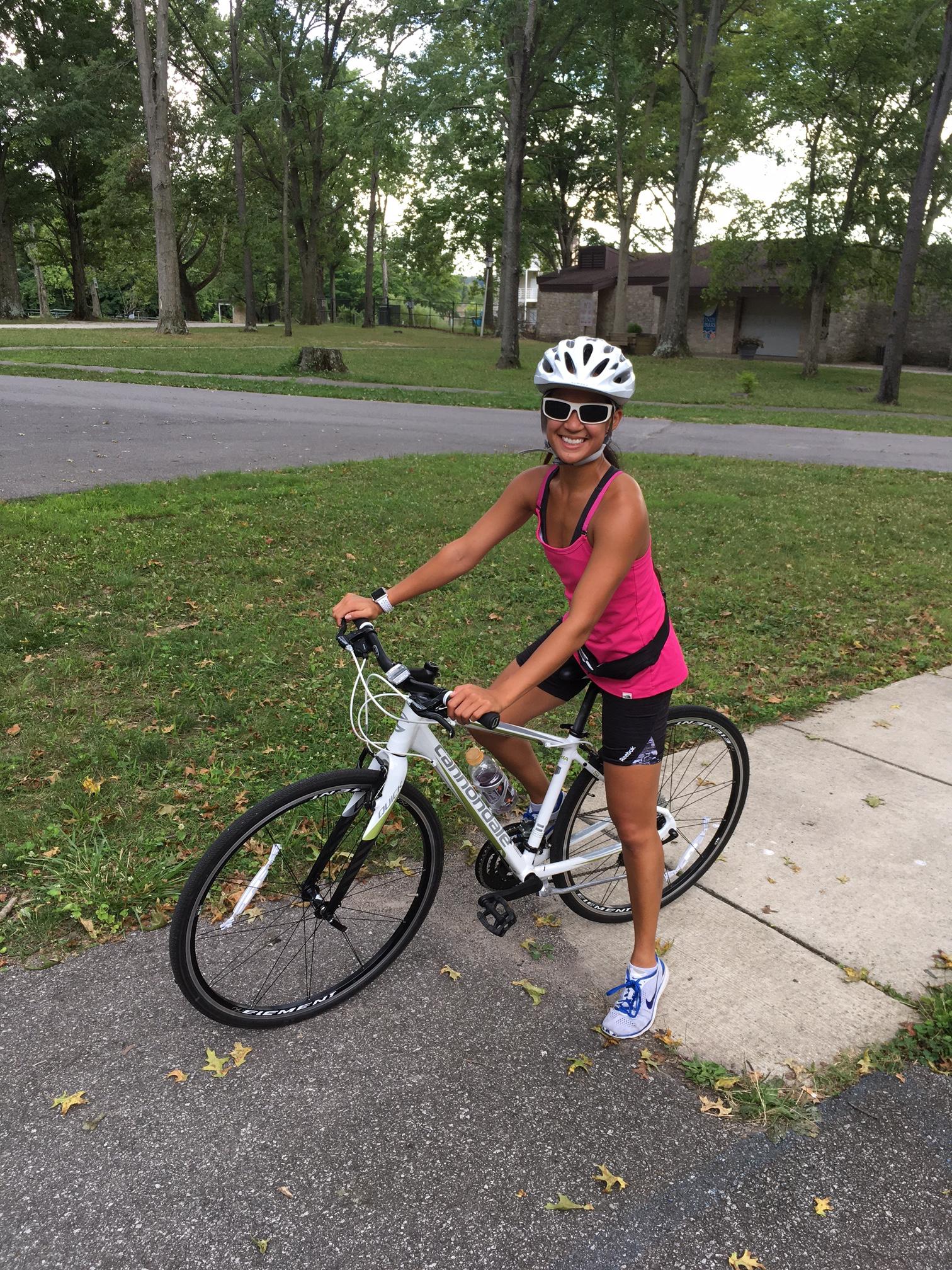 Triathlon training
Triathlon training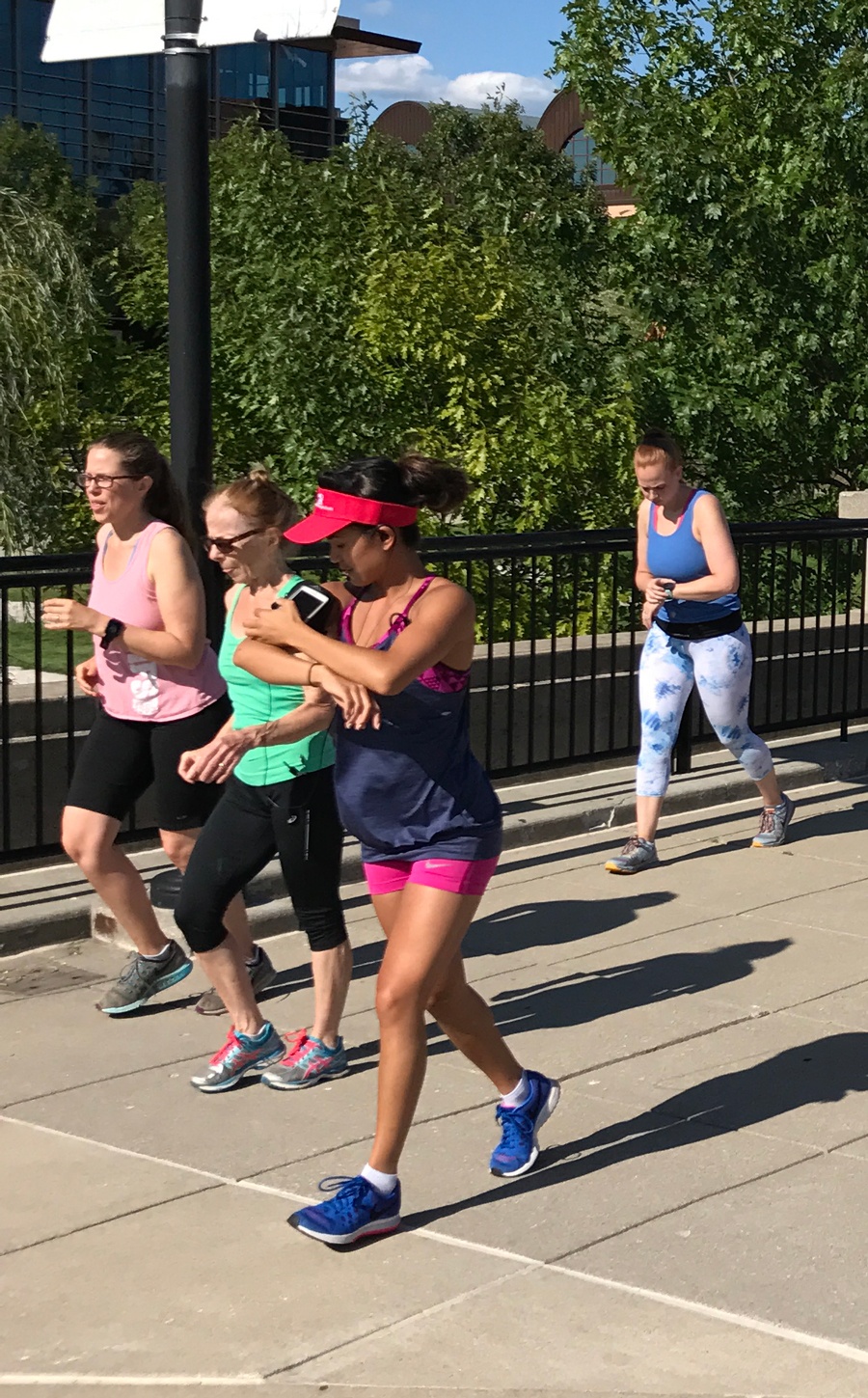 One of my greatest passions is health and fitness. It has always been a part of my life, from studying it in school to choosing it as my career path. This year I have decided to try something that I have not done before: a triathlon! I’m excited to share with you my career as a personal trainer and health fitness instructor and my journey in training for the Indianapolis
One of my greatest passions is health and fitness. It has always been a part of my life, from studying it in school to choosing it as my career path. This year I have decided to try something that I have not done before: a triathlon! I’m excited to share with you my career as a personal trainer and health fitness instructor and my journey in training for the Indianapolis